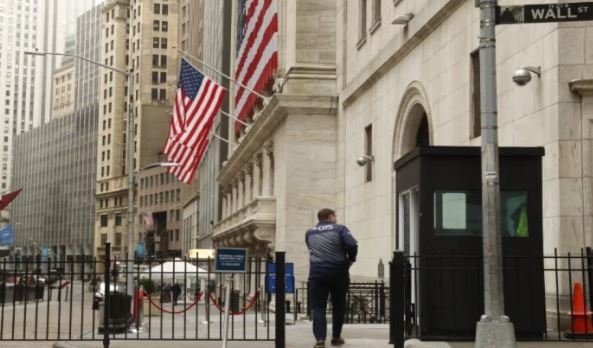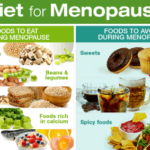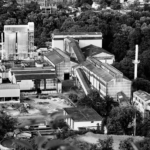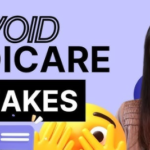The government reported on Thursday that the US economy expanded at a 2.1% annual rate from April through June, maintaining its strong performance in the face of rising interest rates.
The government reported on Thursday that the US economy expanded at a 2.1% annual rate from April through June, maintaining its strong performance in the face of rising interest rates. The nation’s gross domestic product, or total output of goods and services, increased in the second quarter, albeit at a somewhat slower pace than the economy’s 1.8% annual growth from January through March.
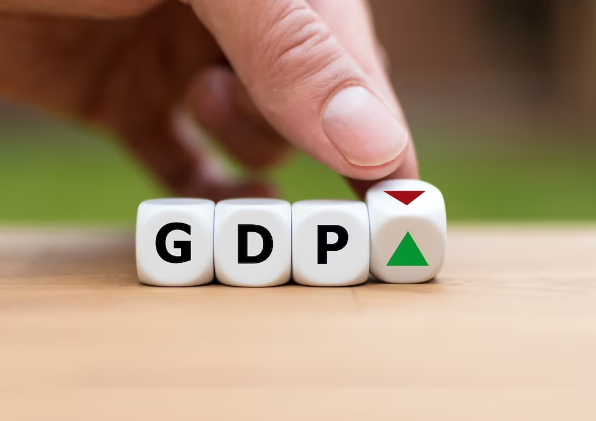
US economy in second quarter
The second quarter’s US economy growth was driven by consumer spending, business investment, and state and local government spending. Even as the Federal Reserve drastically increased interest rates to combat inflation, which this year reached a four-decade high, the economy and job market have exhibited unexpected resiliency. Since March 2022, the Fed has increased its target rate 11 times, raising fears that steadily rising borrowing costs would lead to a recession.
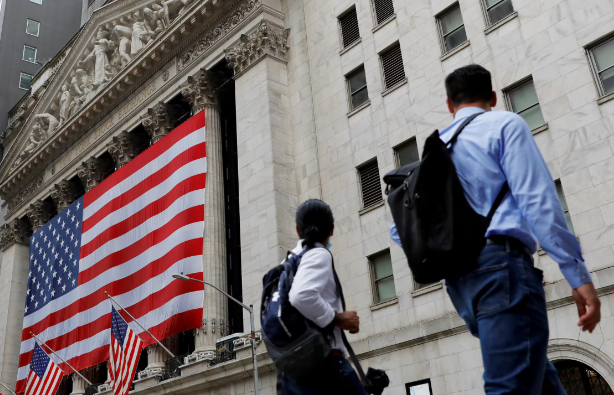
However, the fact that inflation has decreased so far without incurring significant economic harm gives rise to optimism that the central bank will be able to pull off a so-called “soft landing” by slowing the economy just enough to combat excessive inflation without triggering a painful recession.
However, the higher rates have had an impact. For instance, from April through June, consumer expenditure increased at a mere 0.8% annual rate, which was significantly lower than the government’s previous forecast of 1.7% and the smallest increase since the first quarter of 2022.
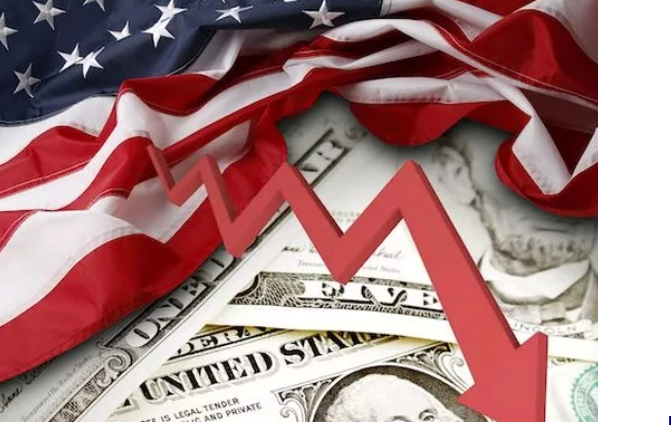
But a carefully monitored gauge, corporate investment excluding housing, increased at the quickest rate in more than a year, 7.4% annually. Additionally, spending and investment by state and municipal governments increased by 4.7%, the most since 2019. The third and final estimate of us economy expansion for the April-June quarter was released by the government on Thursday.
Also Read: According To A Significant Industry Study, Retail Theft Isn’t Really Rising All That Much
The higher rates have nevertheless had an impact. For instance, from April to June, consumer expenditure increased at an annual pace of just 0.8%, a substantial decline from the government’s earlier estimate of 1.7% and the lowest level since the first quarter of 2022.
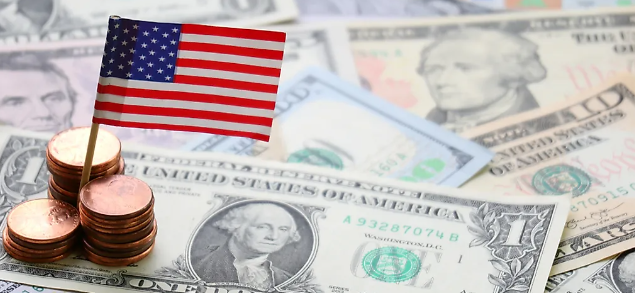
However, corporate investment excluding housing, a frequently monitored gauge, increased at the quickest rate in more than a year, 7.4% annually. Moreover, spending and investment by state and municipal governments increased by 4.7%, the highest quarterly increase since 2019. The government’s third and final estimate of economic growth for the April-June quarter was released on Thursday.
According to estimates, growth is accelerating in the current July-September quarter, helped in part by a large number of customers who are still free to spend. For instance, Americans went to theaters to see the summer blockbusters “Barbie” and “Oppenheimer” and spent big on tickets for Taylor Swift and Beyonce. It is also believed that business investment has held steady.
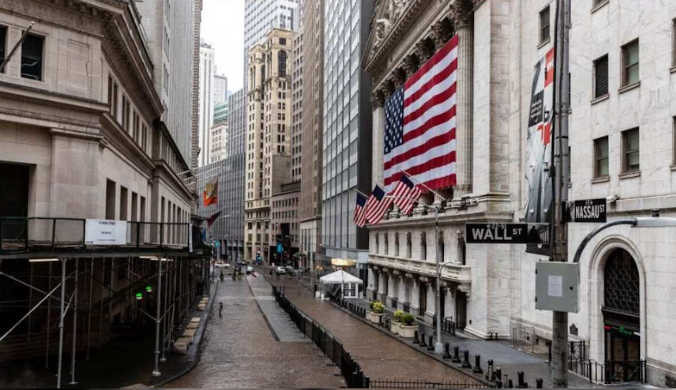
According to economist estimates, the third quarter saw the us economy develop at a rate of about 3.2% annually, which would be the highest quarterly expansion in a year. The Federal Reserve Bank of Atlanta reported that even more optimistic projections indicated that growth from July through September would have exceeded a 4% annual pace.
Even so, it’s unlikely that the growth acceleration will last. In the remaining three months of the year, the us economy is anticipated to deteriorate. Growth in employment and income is sluggish. And according to experts, by the end of the next quarter, the savings that many Americans accrued through federal stimulus checks during the pandemic will have vanished.
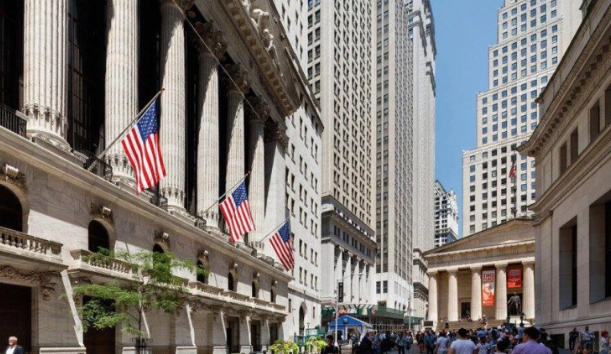
A number of other challenges the us economy faces are anticipated to stymie expansion. They include rising energy costs, starting student loan repayments, the effects of the United Auto Workers strike, ceasing child care assistance during the pandemic, and a potential government shutdown starting this weekend. These elements’ combined consequences will limit Americans’ ability to spend money and most likely harm the economy.
According to Rubeela Farooqi, chief U.S. economist at High Frequency Economics, “growth remains positive and is set to accelerate” in the coming quarter.
“But the future trend will be significant, particularly in terms of household spending. While we still expect future growth to be positive, we do anticipate a considerable slowdown in the pace during the last three months of the year.
image source: google







